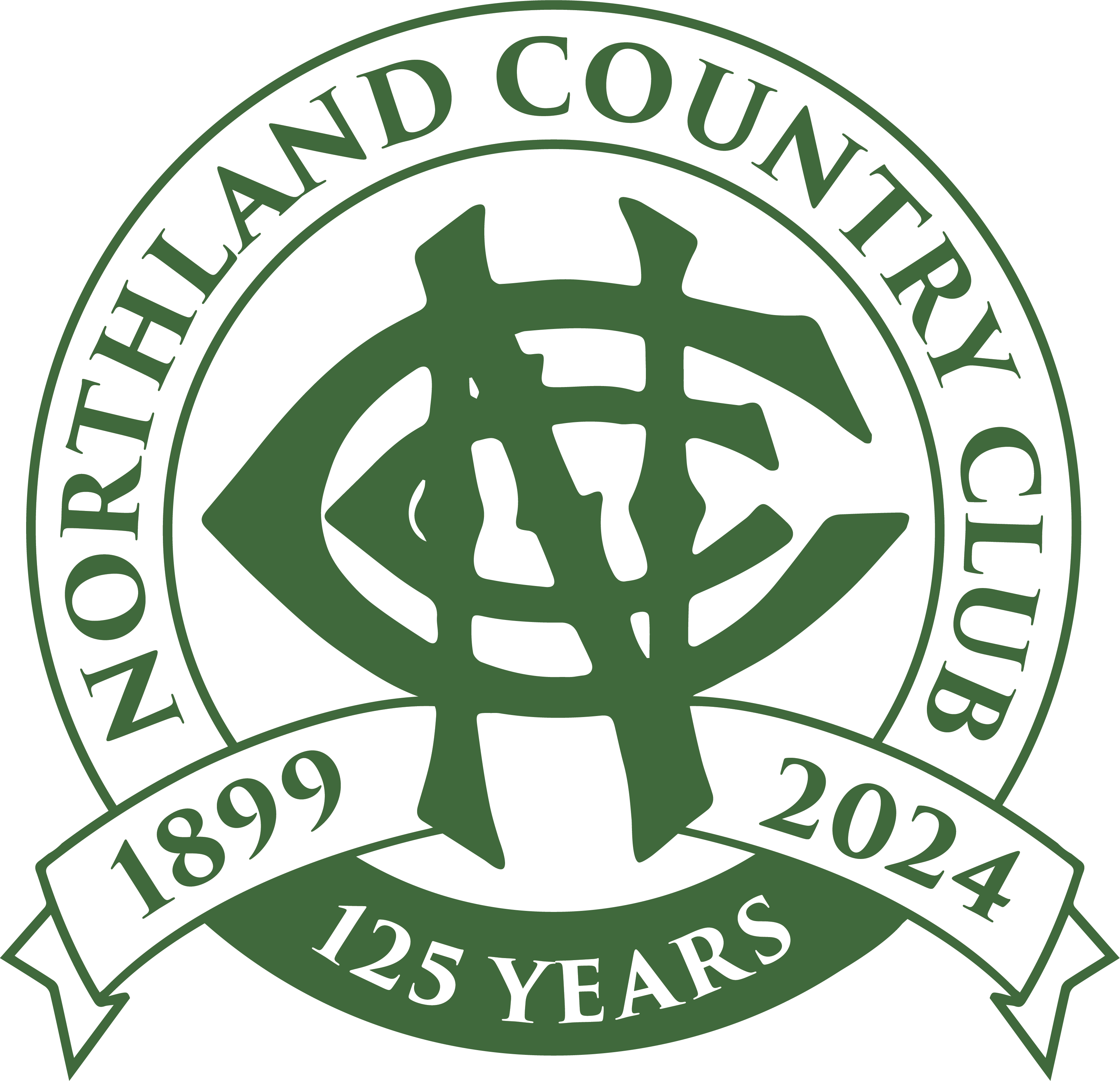
What Is a Good Golf Score?
Golf has become one of the most popular sports in the world, with a reach of nearly 123 million people. By most estimates, more than 1/3rd of the US population over the age of 5 interacted with the sport in some way.
If you're part of the growing masses, playing golf may pose some challenges while you learn. One of the hardest things to earn is a good golf score. But what's a decent golf score, and how does it change?
If you're learning to play golf, we're here to help. Read on for a quick overview of golf scoring and how you can improve your score.
How Courses Affect Golf Score
By now, you've certainly picked up on one important factor of golf: the lower the score, the better. Your score is a tally of how many strokes you made while on the course, from your first drive to your last putt. Here are some factors that can impact your score from the course.
Links
A Links course is a golf course that has a more challenging topography than standard courses. Links courses tend to have rougher grounds, more hilly or uneven geography, and are often built near the ocean. While traditional Links courses are ocean-side, plenty of companies have built these courses inland.
Due to the ocean-side design, they're also often windy. As a trade-off, many Links courses are also smaller. Because they're smaller, most skilled players have a lower score while playing golf on these courses.
Back and Front Nine
If you've gone out for all 18, you know how exhausting it can feel by the end of the day. Back and Front Nine courses let you play just the first or second half of the course.
Because you're playing less of the course, your score will naturally be lower. If someone is talking about how low their score is, make sure you know how many holes they played.
One factor that can alter this is whether you're going by total stroke count or just your over/under score. Make sure you know how the score is being read.
Course Design
Finally, course design can impact where your total score ends up. Dominantly, this is a matter of total stroke and not over/under scores.
For example, a course that's made almost entirely of par 3 and par 4 holes will have a lower count than one that has multiple par 5s. By contrast, a course with plenty of par 5s also leaves chances open to pick up a few birdies or eagles.
What Is A Good Golf Score?
Now that we know how golf courses can impact our score, what's a good golf score? There are different ranges of "good" depending on your skill level. Overall, you should aim for a good score for you rather than trying to meet the averages others hit.
Still, it's important to know what sort of range you may be in, depending on your skill. Here are some varying skill levels and their average scores.
Amateur
Amateurs are the lowest rung in terms of skill. Amateurs are usually hobby golfers who are learning for fun and not to compete or improve beyond their personal goals.
As such, amateurs tend to have higher scores than other skill levels. They also usually make more frequent use of handicaps. Expect an amateur to score around 80-90, depending on the course.
Semi-Pro
Semi-pro players are a step above amateur players, but have intentions of competing or improving toward competition. They aren't yet professional, but have racked a few competitions under their belt and are better than the average amateur.
While they're still improving, semi-pro players usually have scores below 80. Some may rest around the mid to low 70s.
Professional
Professional golfers are people who golf for a living. These are golfers who have spent thousands of hours practicing their game and, as such, have made huge improvements to their game.
Professional golfers usually are around the 60 mark, depending on the course and competition in question. Some more difficult courses may force an average of the high 60s or low 70s.
Improving Your Score
Now that we know more about what constitutes a good golf score, how can you improve yours? While keeping track of your golf scoring, there are a few places you may notice you need improvement. Here are some of the ways you can work on earning a decent golf score.
Short Game
Most players tend to pick up strokes when it comes to their short game. Your short game is everything from when you get on the green to when you sink your last putt. Some people also consider chipping from the rough onto the green to be your short game.
If you practice your short game, you can more reliably end your hole with confident strokes. Putting is a crucial part of this, as it's common for players to pick up two or three strokes with bad putting. Your birdie quickly becomes a bogie if you can't putt well.
Handicap Levels
Your handicap in golf is a pre-set allowance of strokes to your score. If you score a 95 and have a handicap of 10, your score is lowered to 85.
Naturally, this will lower your score by whatever your handicap is. That said, some people feel as if this is a "dishonest" score. You could lower your score by raising your handicap, so what's the point?
You should adjust your handicap to your skill level and shift it as you go on. Don't hesitate to take a mulligan or two so you aren't destroying your score with a water hazard on the last few holes. However, mulligans and handicaps aren't as common in professional tournaments, so don't get used to them if you're aiming to compete.
Learning to Play Golf
Having a good golf score depends on your skill, the course, and what your skill level is. Focus less on whether your score is "good" and more on playing golf to improve your score.
At Northland Country Club, we offer a Donald Ross Designed 18-hole course that's challenging and fair for golfers of all skill levels. Our expert instructors will help you make adjustments to your game to improve your score. Contact us today to begin improving your game.

